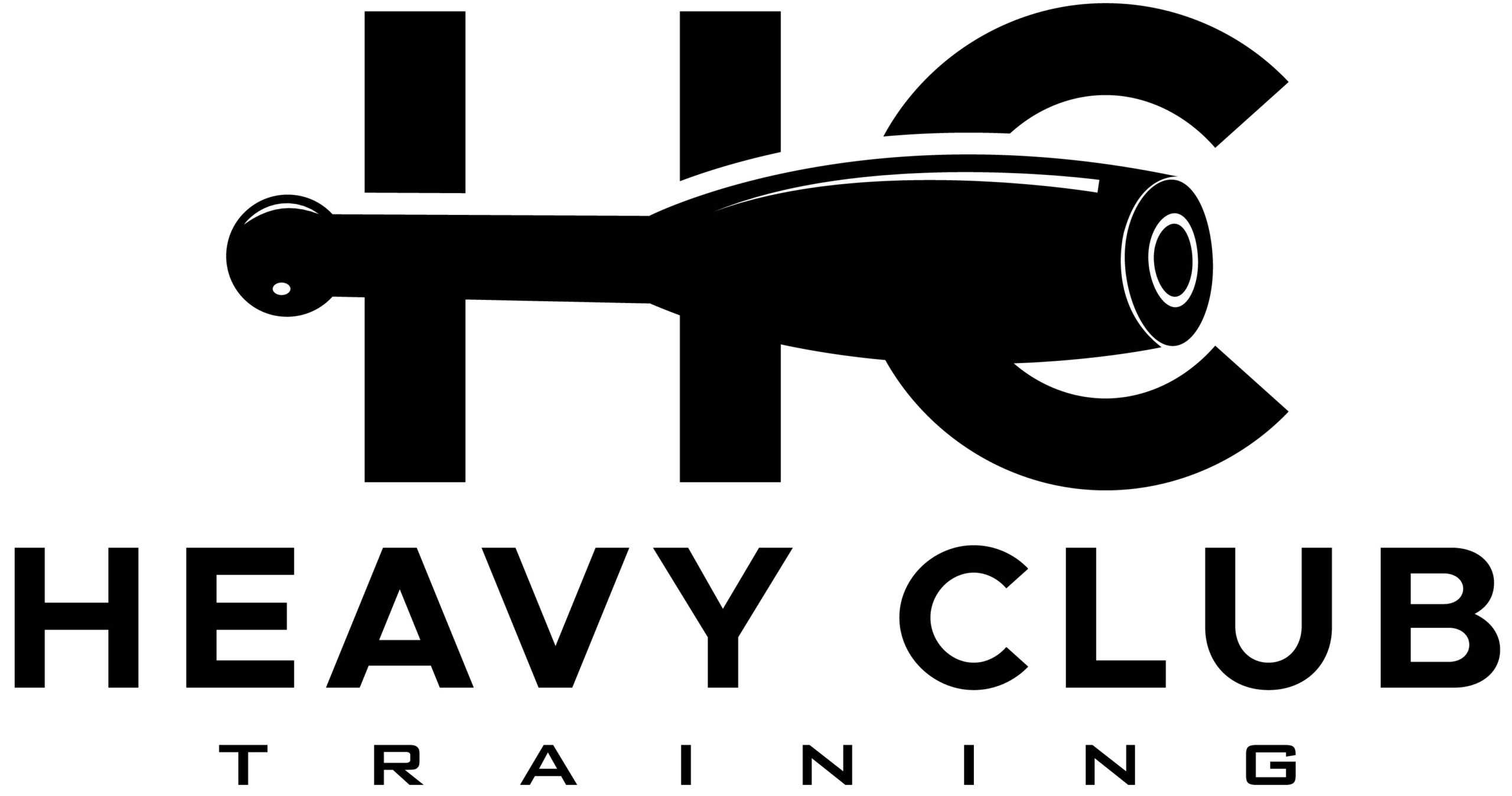In this post, we’ll be going over (1) what is myofascial release, (2) how often to do myofascial release, and (3) how long does a myofascial release last?
[toc]
What is Myofascial Release?
A myofascial release is a practical approach to managing pain and discomfort. Don’t expect a gentle massage with aromatherapy and flute music. Instead, myofascial release can be an intense experience.
During a session, a physical therapist, chiropractor or even a masseuse will gently massage, knead and stretch the muscles and fascia to create knots. This technique also involves applying pressure to tense or painful areas to release them.
Pressure is applied with hands, elbows, or massage tools such as foam rollers or balls. You may be sore afterward, but as the pain subsides, you will feel more relaxed than before.
How Often To Do Myofascial Release?
Individual results may vary. One session per week is generally recommended for some chronic conditions for the first four to six weeks, after which reassessment is done. The result of the reassessment will determine whether treatment should be continued weekly or monthly. Many variables play a role in the healing process. Many patients report reduced discomfort or improved range of motion after just one session.
However, depending on treatment goals and current condition, weekly, biweekly, or biweekly sessions for four to 12 weeks are a reasonable estimate of the time needed. As we are always teaching you how to take care of your body, we try to convert patients to monthly or seasonal as quickly as possible.

Just as most bodies are unique, so are treatment regimens. It is important to note that treatment regimens vary from person to person. MFR is most successful when multiple treatments are performed in a shorter period, depending on the severity of the problem or desired results.
It is recommended to start with weekly sessions. Your body’s ability to recover and your overall health will determine how often you exercise. Contrary to popular belief, the less healthy you are, the less likely someone is to tolerate this type of intervention.
Therefore, the frequency of treatment can be increased as health and performance improvement. This is because the less healthy a person is, the slower the healing process of any injury will be. The first visit will be dedicated to the global assessment of your body and your first treatment.
The initial assessment identifies goals, functional abilities, and areas of fascia that appear restricted, and determines the loss of mobility or loss of symmetry in the body.
The following treatments usually include:
- It is held weekly
- Get rid of the cascading effects of limitations
- Participate in functional retraining and teach self-care strategies
- Allow at least 30 minutes, but ideally, 55 minutes or more per session
- It is performed by a trained physical therapist who sees only 1 patient at a time
- It is performed in a relaxing, private treatment room
How long does a myofascial release session last?
All initial sessions last approximately one hour. The session begins with a story, followed by assessment and hands-on treatment. After that, the duration of the session varies depending on your needs or preferences, but it usually lasts for an hour.
Here are some resources I recommend
ULTIMATE HEAVY CLUB TRAINING PROGRAM is a hidden gem that teaches you lessons on unique training and physiology taught by a doctor and Olympic gold medalist. FREE Bonus Includes: A Stud’s Physique Fitness Program
A STUD’S PHYSIQUE is the fitness regimen for the people who aspire for higher. It’s the ultimate primer in both simple and advanced techniques. Get this if you want to lose weight and look great, or become strong and jacked.
Health & Fitness Subliminal is an approved self-hypnosis track that we recommend to clients who have mental barriers causing them to struggle with their fitness goals.
We recommend this underrated ebook because it has plenty of health-conscious alcoholic and non-alcoholic drinks.
None of these resources listed here are affiliate links. We recommend these websites and products because we use them ourselves and recommend them to our clients.
